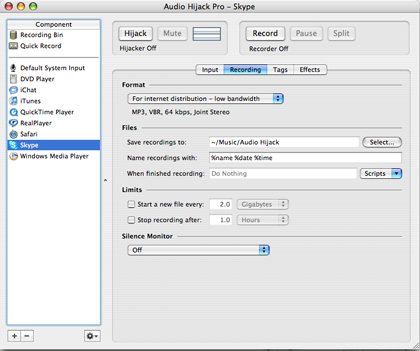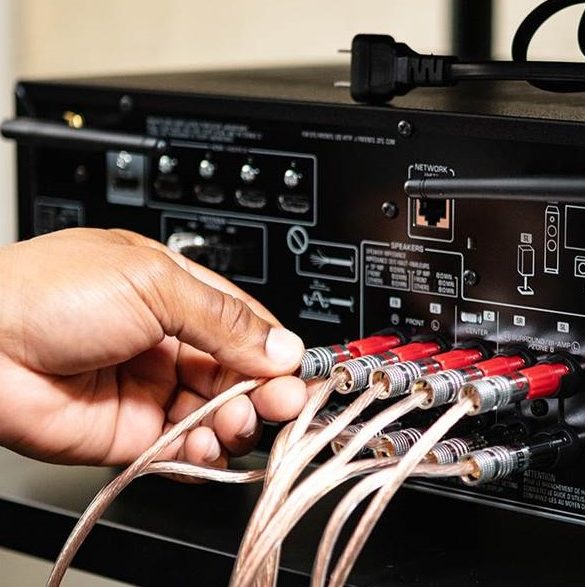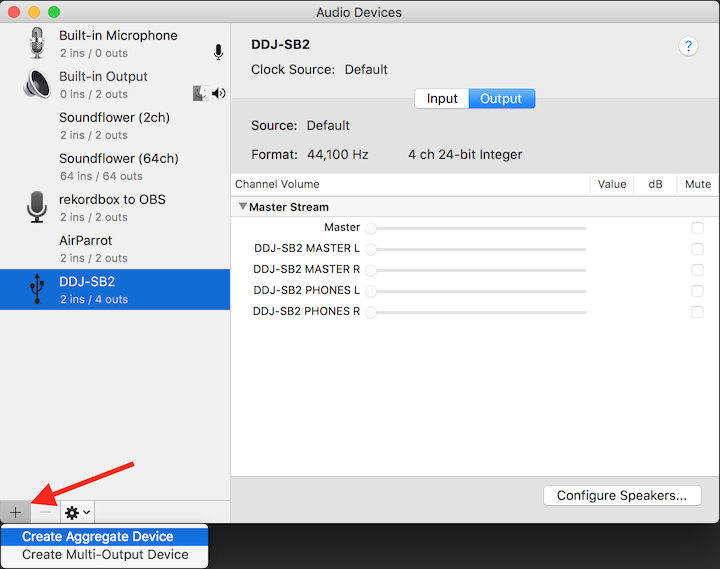

- #SOUND SIPHON VS LOOPBACK INSTALL#
- #SOUND SIPHON VS LOOPBACK DRIVERS#
- #SOUND SIPHON VS LOOPBACK PATCH#
- #SOUND SIPHON VS LOOPBACK FREE#

Please note, as an alternative to Display Capture, you may try using the Window Capture function. If you have multiple displays, select the output display you want to use. If you want to stream a capture of your screen or video input (or both) you can add these as well.Ĭlick the + button at the bottom of the Sources window to add a new Display Capture source, you can keep the defaults and click OK. If you're only streaming audio, you can skip ahead to Step 10. Select Soundflower (2CH) from the Device drop-down. You can now close the Connections Manager window.Ĭlick the + button at the bottom of the Sources window to add a new Audio Input Capture source. Note that out5/6 are only necessary if you are using the sampler.Ĭlicking the System item in the Send Ports pane should look like this.Īnd clicking rekordbox in the Send Ports pane should look like this. Repeat this process for the following assignments: You'll see it turn red, and system:playback_1 will appear in the Connection s pane. Start by selecting the out1 and then double-click playback_1.
#SOUND SIPHON VS LOOPBACK PATCH#
To patch the audio between the correct ins and outs, you'll first select the item you want to patch, then double-click on the item you're patching it to. Toggle the triangles beside system and rekordbox in both the Send Ports and Receive Ports panes of the Connection Manager window. Go back to the JackPilot window and click the Routing button. Set your outputs as shown, the Output Sampler Deck is optional - you don't need to assign this if you don't use it. Note that you do not need to assign inputs they appear in the screenshot above as it's recycled from the DVS guide! 😉Ĭlick External for the Mixer Mode, and scroll down to configure the Output Channels. With your DJM connected and powered-on, open rekordbox, and open the Preferences > Audio, select JackRouter as your Audio device. If you are using it regularly, it can be configured to start automatically with your system. It's important that JackPilot is the first application running before launching rekordbox and OBS. Click Save, then click Start on the main JackPilot window. Open the JackPilot application (you won't need to use the qjackctl application, so don't worry about that), and open the Preferences (there is no button, do it through the menu or press Command +, ).īe sure to un-check System port monitoring and Auto-Connect with physical ports as well.

In the right window, check the box beside DJM-T1, then check the box beside Soundflower (2ch). It CAN NOT contain the word "DJM-T1" or rekordbox will recognize it as that device and the additional outputs will NOT be available. Open Applications > Utilities > Audio MIDI Setup - if the Audio Devices window is not visible, click Window > Show Audio Devices.Ĭlick the + icon at the bottom left and select Create Aggregate Device.Ĭlick on the name Aggregate Device and rename it T1+Soundflower. Step 4 - Create an Aggregate Audio Device On the Mixer Output tab, set the USB5/6 output to REC OUT. Open the DJM's Setting Utility application.
#SOUND SIPHON VS LOOPBACK FREE#
You can also use other similar applications such as Sound Siphon or Loopback, which are easier to configure, but are also not free - so the choice is yours.
#SOUND SIPHON VS LOOPBACK INSTALL#
Install them and we'll configure them as we go. You'll first need to grab these utilities:
#SOUND SIPHON VS LOOPBACK DRIVERS#
If you are using a DDJ, see the DDJ section of the Knowledge Base for additional tutorials.Įnsure that you are running the latest version of rekordbox, that your drivers and firmware are up-to-date, and that your broadcast software is current as well. If you are using a DJM with DVS, the instructions are slightly different please see the this guide. The instructions provided herein are based around a DJM-T1, but they will apply to other products as well, simply substitute your mixer where applicable, and select the relevant input / output channels for your device. This guide is a how-to for streaming using a 3rd party software such as OBS, and many of these instructions may also be applied to other software.


 0 kommentar(er)
0 kommentar(er)
